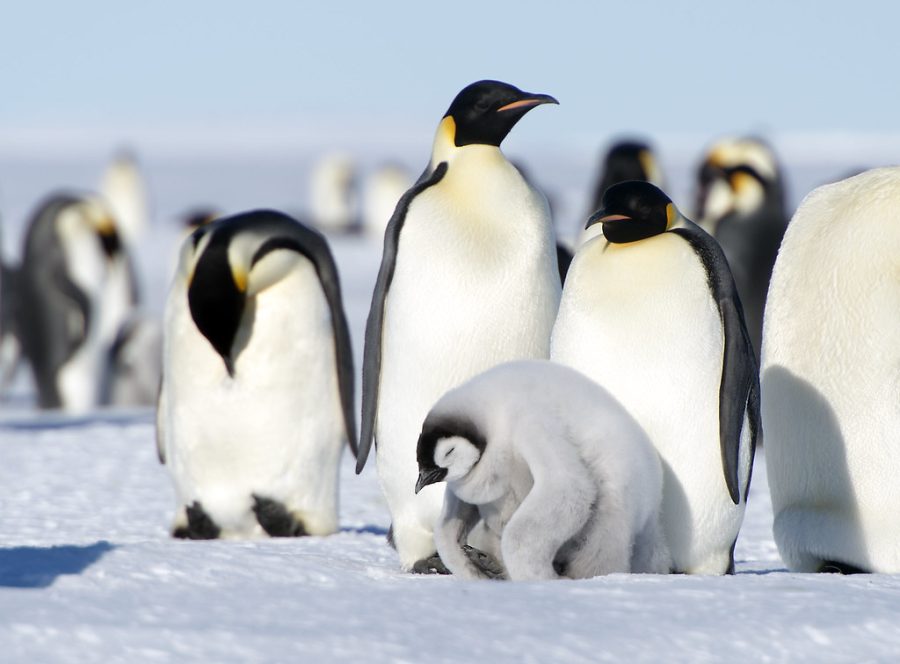Emperor penguins expected to disappear by 2100
November 6, 2022
Protected under the Endangered Species Act, the population of emperor penguins is now supposed to recover and is on the rise.
The Endangered Species Act is a law protecting animals that are listed as threatened or endangered. The act was “designed to protect critically imperiled species from extinction as a ‘consequence of economic growth and development untampered by adequate concern and conservation.’”
As part of the Endangered Species Act, emperor penguins cannot be harmed, killed, imported or exported. Designated “critical habitat areas” — where protection for their land and water is provided — were also created for these species as part of their recovery.
Emperor penguins were initially petitioned to be considered endangered in 2011 by the United States Fish and Wildlife Service. It was only recently that this petition was accepted and put into effect on Oct. 25.
Prior studies were conducted to estimate the population of emperor penguins and to evaluate the need to list them as endangered under the law.
“We estimated the breeding population of emperor penguins at each colony during 2009 and provided a population estimate of ∼238,000 breeding pairs,” concluded one study. “This translates to a total population of ∼595,000 adult birds.”
Although these numbers showcased steady breeding rates, scientists now predict that 99% of emperor penguins may disappear by 2100 due to rising temperatures.
Global rising temperatures are a direct result of fossil fuels burned by humans. Fossil fuels emit carbon dioxide that gets trapped in the atmosphere – resulting in global warming.
This is not good news for the emperor penguin population, native to Antarctic sea ice.
“Colonies at Halley Bay and Cape Crozier suffered catastrophic breeding failures when sea ice broke up before chicks could swim, drowning thousands of chicks,” according to Courthouse News.
Halley Bay is located on the northwestern coast of Antarctica, and Cape Crozier is on the east of Antarctica. Both locations have a large estimation of breeding pair populations which are responsible for future generations of emperor penguins.
Emperor penguins are an essential part of the ecosystem and “…are a vital part of the Antarctic food chain,” explained The World Wide Fund for Nature. “They eat creatures like squid and small fish, and are an important source of food for predators like leopard seals and large sharks.”
Without these penguins, there would be a disruption to the food chain. Their predators would have to find other food sources, possibly affecting their chance of survival.
Not only would their predators be affected, but also the populations of fish they feed on. Without a predator, fish populations can rise to a point where they overtake their ecosystem and can deplete their surrounding resources and competition.
Without the proper actions to diminish fossil fuels and limit their usage, animals like the emperor penguin may face the risk of extinction.









Axel • Nov 6, 2022 at 1:51 pm
Penguins will be fine. The World is getting colder!